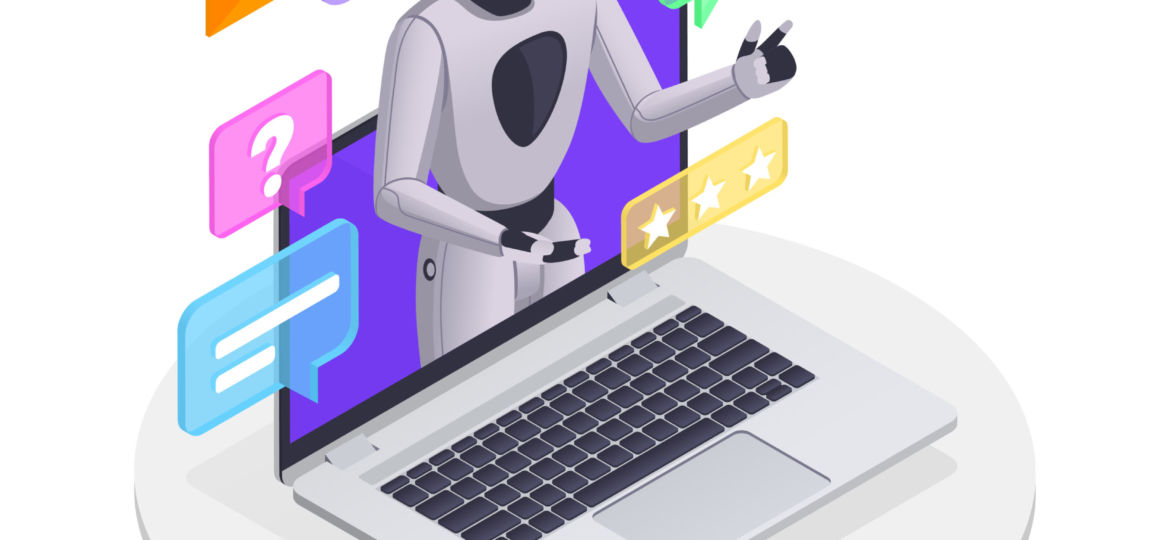
Key Elements of AI-Related Contracts in the Wake of Emerging Regulations
As Artificial Intelligence (AI) cements its role as a cornerstone of innovation across various sectors, the legal frameworks governing its use are rapidly evolving. The landscape is abuzz with legislative developments, such as the proposed AI Act by the European Union and the Biden administration executive order on AI. As lawmakers and industry leaders shape new AI regulations and ethical guidelines, the complexity of AI-related contracts is on the rise. In this article, we’ll explore the key elements that your AI-related contracts should include to be as robust as they are compliant.
- Definition and Scope of AI
AI-related contracts must begin with a clear definition of the AI services or products being provided. Detail the scope of the AI system’s capabilities, limitations, and the intended use. Include clauses on transparency, ensuring users are informed about AI interaction and the AI system’s capabilities and limitations.
- Data Governance and Protection
Data is the lifeblood of AI. Contracts must specify data ownership, rights to use, and responsibilities for data protection. This includes adherence to data protection regulations such as GDPR, data sourcing and quality, and the handling of sensitive or personal data.
- Intellectual Property Rights
AI contracts should clearly outline the ownership of intellectual property (IP) related to the AI system, including the AI algorithms, training data, and any generated content. The contract should address whether the IP rights are assigned, licensed, or subject to any restrictions.
- Robustness and Resilience
The AI system’s robustness and accuracy must be guaranteed, including its resilience to attacks and technical faults. Procedures for regular system testing and validation should be outlined in the contract. The contract should also include incident response plans and recovery procedures for cybersecurity incidents.
- Human Oversight
Measures for human oversight should be stipulated to mitigate risks effectively. The contract must define the extent and nature of human intervention in the AI system’s operations.
- Technical Documentation and Record-Keeping
Maintain detailed records and technical documentation as required by law and industry best practices. The contract should ensure that such documentation is accessible for competent authority inspections.
- Audit and Reporting
Regular audits to ensure contractual and regulatory compliance are necessary, along with establishing reporting mechanisms for regulatory bodies as mandated.
- Warranties and Liability
Given the reliance on AI systems, contracts should set forth performance standards and warranties, including a commitment to ongoing compliance as regulations evolve. This ensures that the AI system performs as represented and required and provides remedies in case of failure or underperformance. Contracts need to allocate risks between the parties, including indemnification clauses and limitations on liability.
- Termination and Exit Strategies
Conditions for contract termination, especially in cases of non-compliance with AI regulations, must be clearly outlined. The contract should also include exit strategies that ensure data is managed and systems are decommissioned in accordance with legal requirements.
HOW CAN LOGAN & PARTNERS HELP?
As AI continues to evolve, so too will the contractual landscapes that govern its use, making it imperative for parties to stay informed and adapt accordingly. Reach out to us for a free 20-minute chat to ensure your AI-related agreements are comprehensive, compliant, and tailored to your organisation’s needs.
| Image by MacroVector on Freepik |
Read other articles written by Anna Levitina



